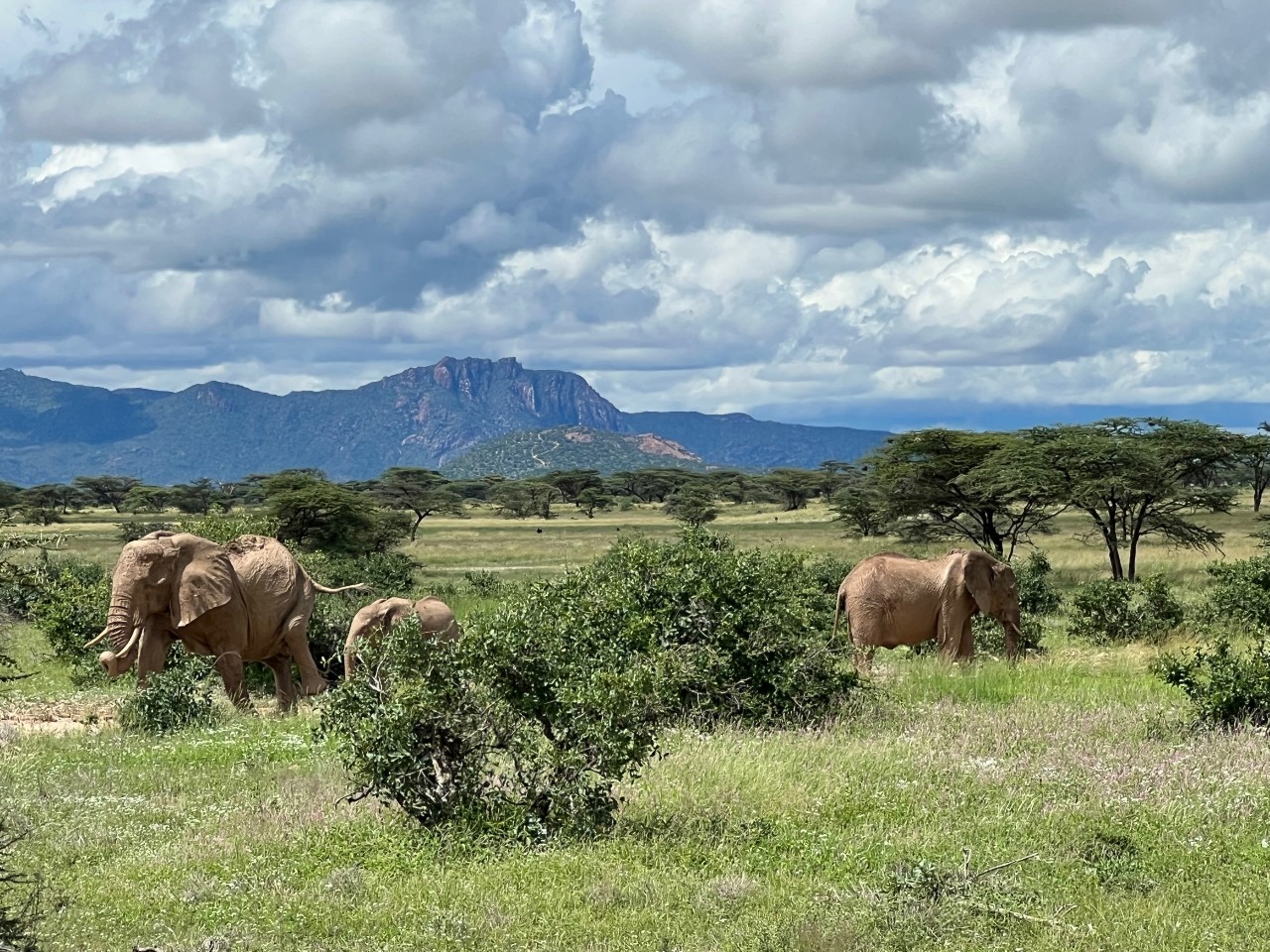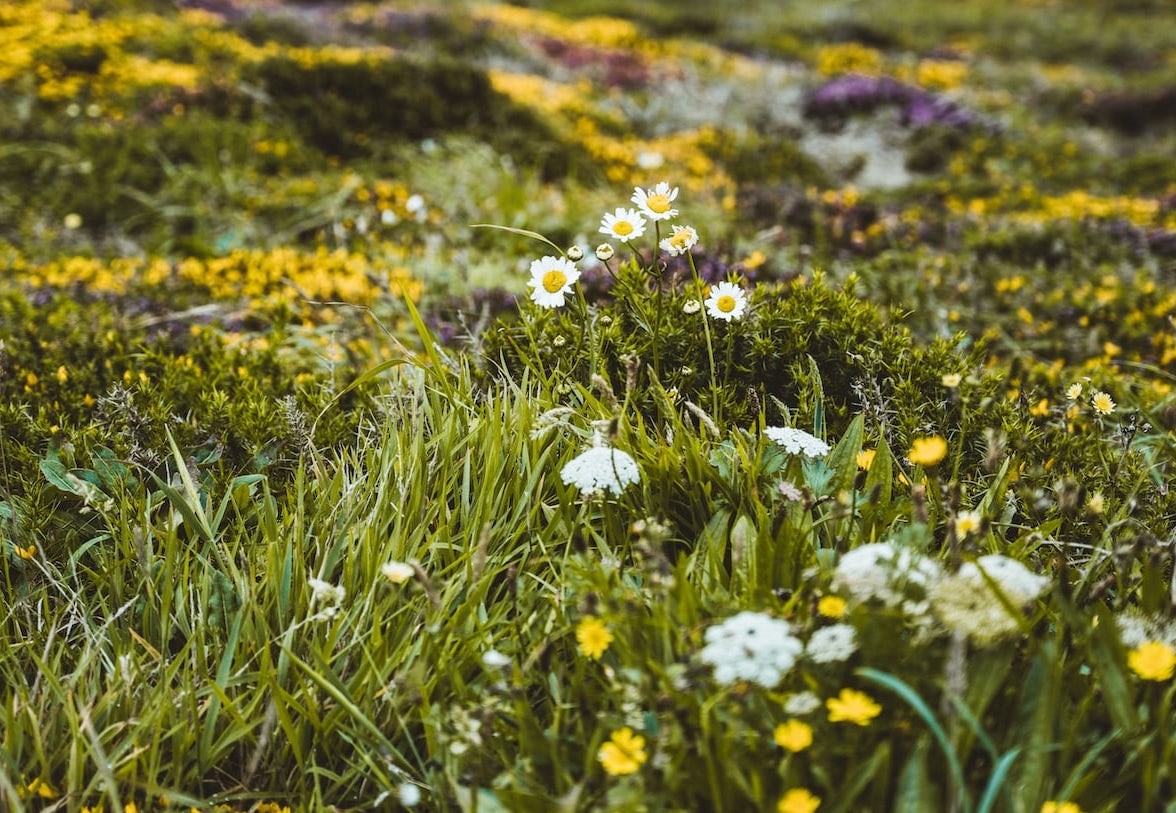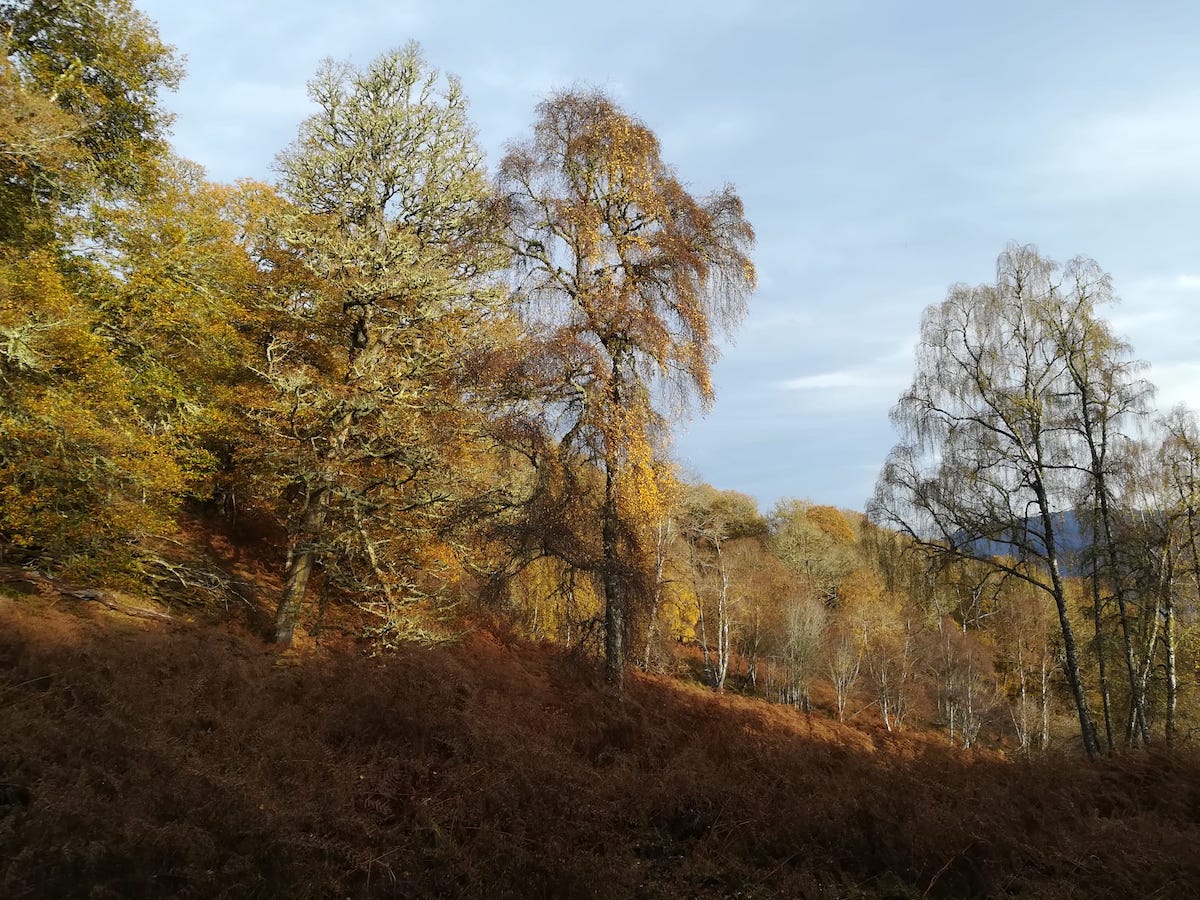Case studies
Kenya
Kenya has a diverse and renowned ecological landscape. Globally known for safaris in lowland savannahs and the big five. Kenya is a vast country and also home to deserts, swamps, mountains forests and more. The specific are of Kenya we are working in stretches from around the base of mount Kenya and includes open savannah, shrubland, dense forest and wetlands with a great diversity of species ranging from elephants to warthogs to dung beetles. It is a mixture of wildlife conservancies, community conservancies and other land use types. Working collaboratively to restore Nature poses interesting governance challenges as well as the acute need to address the social aspects relating to nature restoration and land use. Recently, the area was severely affected by climate change with extensive droughts and intense floods. The Leverhulme Centre for Nature Recovery is partnering with Natural State, looking at the degree to which grazing management and nature based solutions can restore overgrazed, bare soils. We also explore the type of nature financing models and how these can lead to inclusivity and benefits for those already living on and working with the land. Different gradients of landscapes and changes in elevations make this an exciting case study landscape.

Oxfordshire
With its active network of nature recovery groups, Oxfordshire presents a unique opportunity to test and showcase a portfolio of different ecosystem restoration strategies, to become a model county for nature recovery.
Our work in this landscape aims to build a community of practice between the University and local practitioners, and will also form a resource for the University and its constituent Colleges within broader institutional sustainability goals.

Case studies
-
Community values in accessible urban green spaces and planning: An Oxford case.
Investigating community values in accessible urban green spaces and assessing the equity of urban green governance across different socio-economic areas of Oxford.
-
The role of regenerative farming for biodiversity and ecosystem functioning
We utilise both standardised and cutting-edge methods to explore biodiversity and ecosystem functioning along a land use gradient to better understand the role of regenerative farming.
-
Equitable distribution of nature-rich accessible green space: An Oxfordshire case study
Investigating the distribution of freely accessible green space in Oxfordshire in relation to socio-economic status to inform local green space planning.
-
Healthy Ecosystem Restoration in Oxfordshire
Developing the local Oxfordshire landscape as a case-study, nature-recovery laboratory and community of practice.
-
Advancing participatory governance processes for nature recovery
The design and implementation of participatory methods, tools, and approaches for delivering more sustainable and equitable outcomes for people and nature.
-
Financing local nature recovery in Oxfordshire
Understanding the scale of the opportunity to fund nature recovery with offsite Biodiversity Net Gain (BNG) payments.
-
Oxfordshire Treescape Project
Supporting Oxfordshire land managers, parishes and communities with nature recovery planning.
Scottish Highlands
Scotland is renowned for its distinctive and diverse range of landscapes, which are a significant part of the country’s natural and cultural heritage. The environment has been shaped by interconnected human and natural processes over thousands of years and includes built heritage, ancient woodlands, wildlife and native species, art and literature, folklore, language and traditions associated with historical people and places. Scotland’s complex and multi-faceted environment creates the backdrop for human-nature interactions while contributing to a sense of national identity, culture, well-being, and to community and economic resilience. It is crucial that these cherished and historic landscapes are managed, protected, and restored effectively to avoid losing the value that they hold for both nature and humans.
The Scottish Highlands is characterised by dramatic mountain scenery containing networks of peat bog, woodland, heathland, grassland and freshwater. These habitats support a wide range of biodiversity, including rare and charismatic species, from internationally important lichens in Atlantic woodland to the elusive pine marten. Human impacts have also shaped the landscape, with forestry, agriculture, burning, grazing and drainage leaving a mark. Habitat restoration and the reestablishment of natural processes at large scales has the potential to enhance the ecological health and ecosystem service outputs of the region.
Flourishing natural environments make a significant contribution to Scotland’s economic, cultural and social interests. Nature restoration benefits people’s health and well-being, promotes economic growth through tourism and inward investment, protects Scotland’s heritage and cultural identity, and provides intangible qualities such as aesthetics, tranquillity, and ‘wilderness’. However, changes in land use, development, and pressures from tourism are contributing to habitat and biodiversity loss in Scotland. Issues are also caused by a high concentration of privately owned rural land, with concerns over the exclusion of people and rural livelihoods from the landscape. Communities must be placed at the heart of nature restoration to ensure sustainable, equitable, and resilient outcomes for both people and planet.
Policy changes and a widening in the valuation of outputs from Scotland’s land are shaping a new vision for land-use in the Scottish Highlands. Our research will be conducted at the forefront of the shifting ecological, economic and social landscape in Scotland, working with case study partners to explore mechanisms and outcomes of change.

Case studies
-
The landscape aesthetics of nature recovery
How do perceptions of what the landscape ought to look like enable and constrain nature recovery in the UK?
-
Expanding native forest in Scotland: small-scale mechanisms, landscape-scale responses
Experimental and landscape-scale data collection to understand above and belowground drivers of and responses to native forest expansion in the Scottish Highlands
-
Bunloit and Beldorney
Exploring the ecological and social dimensions of nature recovery.
Ghana
Ghana is a major player in the global cocoa industry, with a market share of over 20%. Cocoa farming is deeply embedded in the country’s Guinean forest region and influences the socio-cultural systems, formal and informal institutions, and forest cover. The Ghanaian cocoa sector, worth USD 2 billion/year, supports the livelihoods of millions. The sector also holds immense potential to contribute to nature recovery and emissions reduction; however, this remains untapped as policy actors have yet to find the right combination of policies and incentives that allow cocoa farmers to cultivate cocoa in harmony with trees under agroecology and agroforestry and realise complementary benefits. In contrast, cocoa farming destroys about 30,000 ha of Ghana’s forests annually, with farmers clearing forests to farm in order to cope with multiple threats, including, poverty, low productivity, food insecurity, and climate shocks. Also, cocoa farmers are imperilled by legal reforms underway within the European Union, United Kingdom, and the United States to ban the import of cocoa from deforested areas although many such areas are private lands that farmers have legal right to cultivate.
Many actors, including the Ghanaian government, companies, multiple NGOs and multilateral funding agencies have over the last few years started some reforms to mitigate deforestation and cocoa and harness its potential for nature recovery and emissions reductions. These initiatives, including the Ghana Cocoa Forest REDD+ Programme and Cocoa and Forests Initiative, need to be centred around local communities to ensure they succeed and deliver equitable outcomes. Doing so requires policy actors understand of the diverse values and interests at stake, properly valorise farmers’ contributions to nature recovery in cocoa, document and trace potential impacts of reforms promoted by these interventions, and develop pragmatic solutions that enable positive action at farm-level while stimulating collection action among farmers at the landscape level.
Our research in Ghana will engage the diverse array of policy actors engaged cocoa landscape reform from village, national, and international levels through a multi-level governance framework, rendering more visible the critical, and yet often neglected, social dimensions of nature recovery in cocoa. This will ensure that nature recovery in cocoa delivers equitable results across scale and geographies.

Case studies
-
Understanding nature recovery paths and ecosystem functioning through forests health assessments
Quantifying the health of forests ecosystems by means of earth observation can aid in understanding nature recovery paths and ecosystem functioning
-
Social ecological mapping for nature recovery
Developing social ecological maps for land use planning, investment and inclusive decision-making.
-
Institutional innovations for nature recovery
A power-sensitive and multi-level analysis of institutions involved in pursuing landscape scale nature recovery and their intersection with questions of equity and justice in the UK and Ghana.

